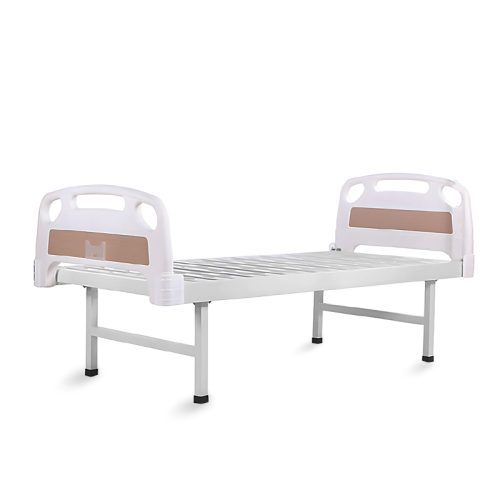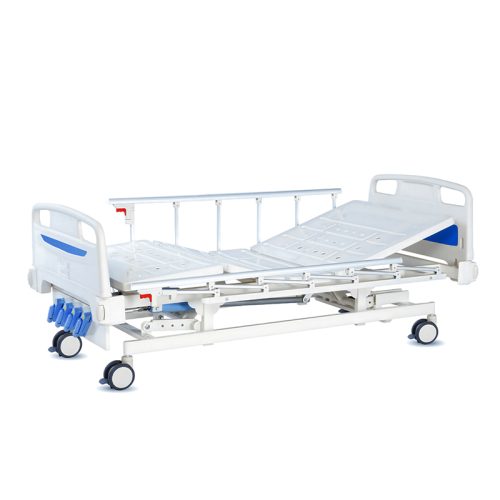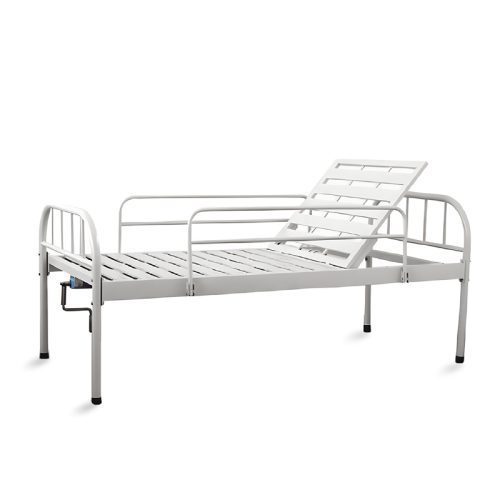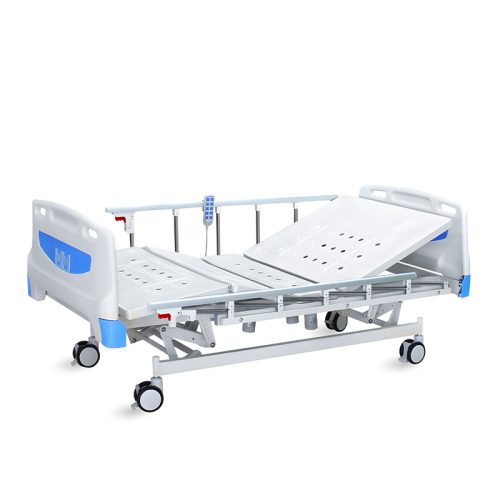
- Autoclavă
Cum omoară o autoclavă microorganismele? Procesul de sterilizare cu aburi
- Prin kelingmedical
**Procesul de sterilizare cu aburi: Cum funcționează**
Autoclavarea omoară microorganismele prin **metode de sterilizare prin abur, umiditate și căldură**. Sterilizarea cu abur distruge eficient organismele dăunătoare prin puterea combinată a temperaturii, presiunii și umidității. Iată o prezentare pas cu pas a modului în care funcționează procesul de sterilizare cu abur într-un autoclav:
1. **Încălzirea apei pentru a genera abur**:
Autoclava încălzește apa la o temperatură cuprinsă între **121°C (250°F) și 134°C (273°F)**. Atunci când apa atinge punctul de fierbere, aceasta se transformă în abur care intră în camera autoclavei. Sistemul de abur distruge eficient toate microorganismele din camera autoclavei.
2. **Creșterea presiunii în interiorul camerei**:
Aburul intră într-o cameră sigilată a unui autoclav care creează o presiune între 15-30 psi (lire pe inch pătrat). Mediul de înaltă presiune al camerei face ca aburul să fie mai eficient, permițându-i să atingă temperaturi peste punctul de fierbere al apei.
3. **Penetrarea aburului în articole**:
Atunci când aburul intră în camera autoclavei, acesta se deplasează în obiectele prelucrate. Deoarece aburul curge ușor prin țesături și hârtie, acesta poate ajunge și ucide toate microorganismele de pe componentele complexe și detaliate ale echipamentelor. Aburul trebuie să pătrundă peste tot pentru a elimina eficient toate bacteriile.
4. **Timp și temperatură de sterilizare**:
După atingerea temperaturilor și a presiunii corecte în unitatea autoclavă, aceasta menține aceste setări pentru o perioadă de timp specifică cuprinsă între 15 și 30 de minute, în funcție de necesitățile de sterilizare. Aburul are nevoie de acest timp pentru a distruge toate bacteriile și a steriliza corect articolele.
—
**Cum omoară aburul microorganismele?**
Aburul distruge organismele dăunătoare prin expunerea acestora la umiditate fierbinte sub presiune, care le deteriorează compoziția biologică. Iată cum aburii omoară microorganismele în mod specific în timpul procesului de autoclavare:
1. **Denaturarea proteinelor**:
Principala metodă pe care aburul o folosește pentru a distruge microbii este denaturarea proteinelor. Atunci când aburul atinge microorganismele, acesta le distruge proteinele, făcându-le să-și piardă forma sau să se destrame în mod natural. Microorganismele au nevoie de proteine pentru a funcționa, dar mor atunci când aceste proteine sunt distruse. Căldura la gătit și autoclavarea acționează în mod similar, deteriorând structura proteinelor din organismele vii.
2. **Distrugerea membranelor celulare**:
Căldura aburului sparge barierele de protecție din celulele microorganismelor. Sub presiunea extremă a autoclavei, aburul pătrunde în celulele microbiene până când pereții și membranele lor celulare se sparg. Atunci când membranele celulare se sparg, microorganismele își pierd materialele interne, ceea ce le face incapabile să mențină viața.
3. **Descompunerea ADN-ului**:
Aburul descompune ADN-ul găsit în fiecare celulă de microorganism. Microorganismul are nevoie de ADN pentru a se reproduce și a trăi. Temperaturile ridicate ale aburului descompun ADN-ul, ceea ce împiedică microorganismul să facă copii ale sale, ducând la moartea sa. Aburul distruge cu succes sporii bacterieni, deoarece alte metode de sterilizare nu reușesc să îi elimine.
4. **Umezeală și hidroliză**:
Sterilizarea cu aburi funcționează mai bine deoarece moleculele de apă ajută la descompunerea microorganismelor. Căldura și umiditatea lucrează împreună pentru a distruge microorganismele prin hidroliză, care are loc atunci când moleculele de apă atacă structurile lor complexe. Apa din abur descompune microorganismele în centrul lor, în timp ce căldura deteriorează aceste structuri slăbite pentru a ucide organismul.
—
Metodele de căldură uscată nu reușesc să egaleze puterea de sterilizare a tratamentului cu abur.
Aburul funcționează mai bine decât căldura uscată pentru sterilizare, deoarece furnizează energie termică articolelor mai rapid decât aerul. Iată de ce aburul este superior căldurii uscate în uciderea microorganismelor:
1. **Conductivitate termică mai mare**:
Energia termică din abur trece prin materiale mai repede decât căldura uscată obișnuită. Aburul transferă căldura către microorganisme la o viteză mai mare, ceea ce face ca celulele să moară mai repede. Sterilizarea prin căldură uscată necesită timpi de expunere mai lungi, deoarece căldura se propagă mai lent prin aceasta decât prin abur.
2. **Penetrarea și umezeala**:
Aburul pătrunde în materialele poroase mai bine decât o poate face căldura uscată. Apa din abur acționează ca un instrument eficient care slăbește barierele de protecție din jurul microorganismelor în timpul sterilizării. Căldura uscată nu poate descompune structurile celulare ale microorganismelor, deoarece îi lipsește umiditatea necesară pentru acest proces.
3. **Eficacitate împotriva sporilor bacterieni**:
Sporii bacterieni rezistă la toate celelalte forme de distrugere microbiană mai bine decât orice alt tip. Sporii bacterieni rezistă căldurii uscate și lipsei de apă. Autoclavarea funcționează mai bine decât alte metode, deoarece aburul trece prin spori pentru a ajunge la părțile lor interne și îi omoară. Combinația de căldură și umiditate a aburului descompune stratul exterior rezistent al sporilor, distrugându-le în același timp materialul genetic.
—
**Parametrii autoclavei: Temperatură, timp și presiune**
Succesul sterilizării cu abur depinde nu numai de tipul de microorganism, ci și de parametrii cheie din autoclavă: temperatura, timpul și presiunea. Iată cum contribuie acești factori la o sterilizare eficientă:
1. **Temperatură**:
Setarea de bază a temperaturii pentru sterilizarea în autoclavă rămâne la 121°C (250°F). Pentru microorganisme greu de ucis sau cicluri mai rapide, autoclava poate atinge o temperatură de 134°C (273°F). Creșterea temperaturii consolidează rezultatele sterilizării.
2. **Presiune**:
Presiunea mai mare a aburului din interiorul autoclavei permite sistemului să producă temperaturi mai ridicate decât apa clocotită. La presiuni cuprinse între 15 și 30 psi, un autoclav atinge în mod eficient temperaturile de sterilizare prin ciclul său de abur.
3. **Ora**:
Rezultatele corespunzătoare ale sterilizării depind de timpul în care articolele sunt supuse tratamentului termic cu aburi. Ciclul autoclavei durează între 15 și 30 de minute, în funcție de cantitatea de material sterilizat și de temperatura pe care o atinge. Articolele trebuie să rămână la temperaturi și presiuni exacte pentru o perioadă îndelungată pentru a elimina corect toate microorganismele.
—
**Concluzie**
Procesul de sterilizare cu abur în autoclave elimină eficient toate tipurile de microbi. La niveluri ridicate de temperatură și presiune cu abur, sistemul elimină toate microorganismele dăunătoare, inclusiv sporii bacterieni rezistenți. Aburul distruge microorganismele modificându-le proteinele și membranele, apoi rupându-le ADN-ul, astfel încât acestea să nu mai poată trăi sau să se reproducă. Spitalele și alte instituții folosesc autoclavarea ca cea mai fiabilă metodă de sterilizare, deoarece distruge microorganismele în mod fiabil. Înțelegerea modului în care autoclavele distrug microorganismele ne ajută să folosim acest instrument în mod corespunzător, astfel încât unitățile medicale să rămână sigure.
📧 E-mail: inquiry@shkeling.com
🌐 Site web: www.shkeling.com.cn
Așteptăm cu nerăbdare să construim un parteneriat de succes cu dumneavoastră!






